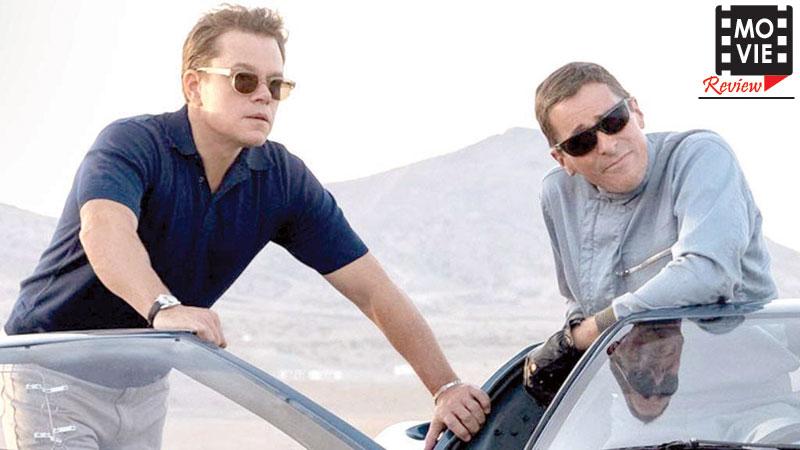
Matt Damon and Christian Bale are on sparky form in this retelling of the Ford v Ferrari battle for racing dominance
 Slick, thrilling and saturated with vivid hues and 60s can-do optimism, Le Mans ’66, James Mangold’s follow-up to Logan, is a precision-tooled machine of a movie. A pedal-to-the-metal dash through the rivalry between Ford and Ferrari and their tussle for dominance at the Le Mans endurance race, the film weathers its two-and-a-half-hour running time easily, even as it navigates a cheerfully formulaic sports movie structure.
Slick, thrilling and saturated with vivid hues and 60s can-do optimism, Le Mans ’66, James Mangold’s follow-up to Logan, is a precision-tooled machine of a movie. A pedal-to-the-metal dash through the rivalry between Ford and Ferrari and their tussle for dominance at the Le Mans endurance race, the film weathers its two-and-a-half-hour running time easily, even as it navigates a cheerfully formulaic sports movie structure.
What soups up the story is a combination of the efficiently executed race sequences (the gear-crunching, tyre-melting sound design deserves plaudits) and a screenplay by Jez Butterworth, John-Henry Butterworth and Jason Keller, which downplays the competition between the two motor companies and instead frames it as a clash between the mavericks and the man. In the former category are car designer Carroll Shelby (Matt Damon) and driver Ken Miles (Christian Bale).
In the latter are the cynical, suited company men of Ford, all shiny smiles and expensively tailored treachery; men who view the rough, instinctive genius of someone like Miles as a threat to the integrity of the brand.
The film is particularly effective when it comes to bolting together an emotional framework between the characters. The tempestuous friendship that arcs between good old Texas boy Shelby and abrasive Brummie Miles is a real pleasure – the two men share love, respect and loyalty but are not above chucking the odd wrench or loaf of bread at each others’ heads. Likewise, a high-speed row between Miles and his wife, Mollie (Caitriona Balfe), sets the tone for that sparky relationship. Bale works wonders as Miles, crafting a textured character out of dialogue that is swimming in droll Brit slang and endless cups of tea. I wasn’t entirely persuaded by the attempt to evoke a kind of spiritual symbiosis between man and machine that kicks in at around 7,000rpm. However, a final change of pace, which echoes that of the pivotal race, brings an unexpectedly pensive quality to the film as it crosses the finish line.
